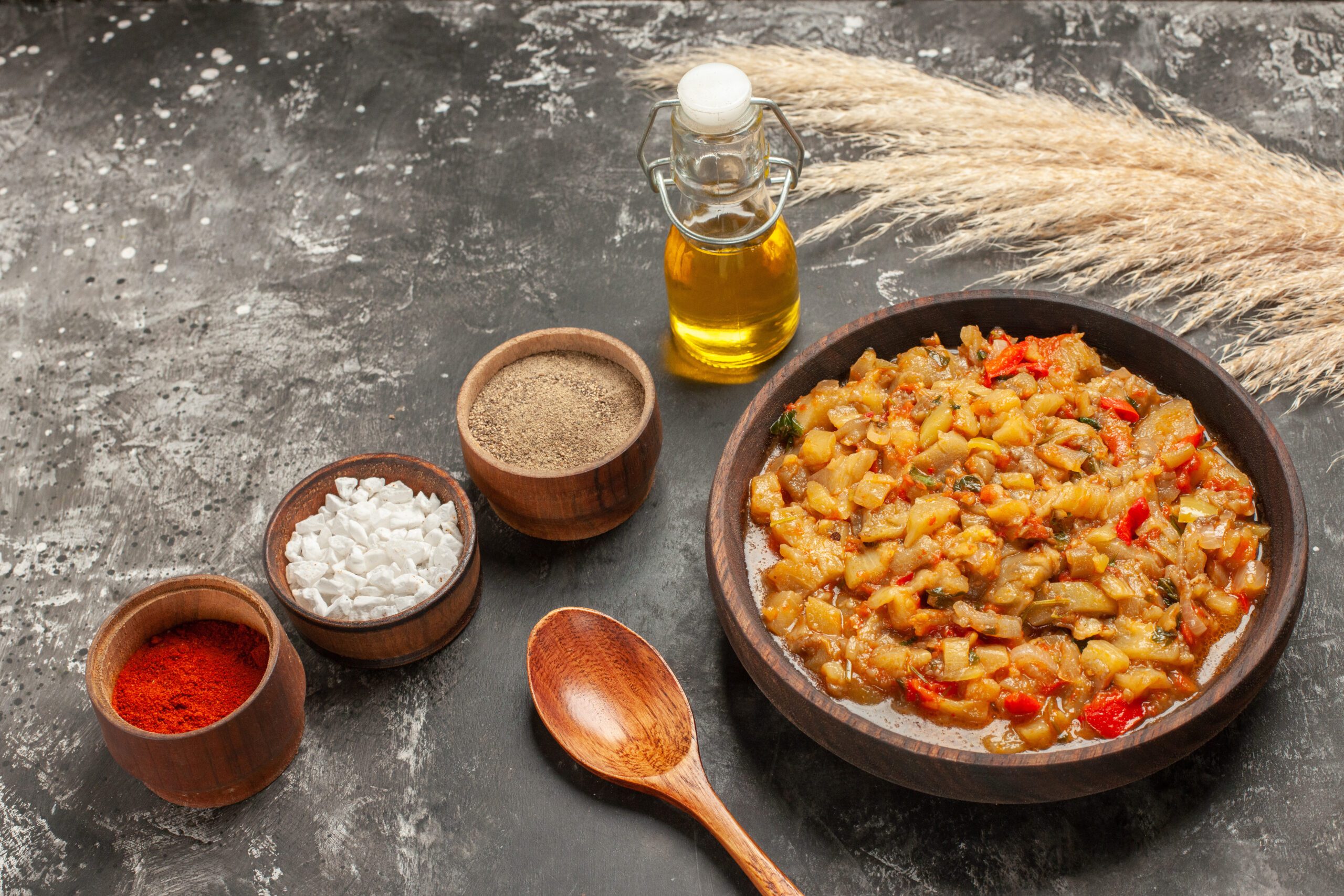In the world of pasta alternatives, chickpea pasta has become a favorite among health-conscious individuals. But with all the buzz surrounding it, one question remains: Is chickpea pasta healthy? This article dives into the nutritional profile, health benefits, and potential drawbacks of chickpea pasta, helping you decide if it’s the right choice for your diet.
What is Chickpea Pasta?
Chickpea pasta is a gluten-free alternative to traditional wheat pasta, made primarily from chickpea flour. Chickpeas, also known as garbanzo beans, are legumes packed with nutrients like protein, fiber, and various vitamins and minerals. Unlike regular pasta, which is often made from refined flour, chickpea pasta offers a more nutrient-dense option with fewer processed ingredients.
This pasta is especially popular among those following gluten-free, vegan, or high-protein diets. Its simple ingredient list typically includes just chickpea flour and water, making it a cleaner option for those looking to avoid additives and preservatives.
Nutritional Profile of Chickpea Pasta
Protein Content
One of the key reasons many people turn to chickpea pasta is its impressive protein content. With approximately 14 grams of protein per serving, it offers nearly double the protein found in traditional wheat pasta. This makes it an excellent choice for vegetarians, vegans, and anyone looking to increase their protein intake without relying on animal products.
Fiber Content
Fiber is another area where chickpea pasta shines. Chickpeas are naturally high in fiber, and this is reflected in the pasta made from them. A serving of chickpea pasta can provide up to 8 grams of fiber, significantly higher than the 2-3 grams found in regular pasta. This fiber content not only supports digestive health but also helps you feel fuller for longer, which can aid in weight management.
Carbohydrate Levels
While chickpea pasta does contain carbohydrates, the type and amount differ from traditional pasta. The carbs in chickpea pasta are more complex, meaning they are digested more slowly, leading to more stable blood sugar levels. For those watching their carbohydrate intake, chickpea pasta can be a better option due to its lower glycemic index and higher fiber content.
Health Benefits of Chickpea Pasta
Weight Management
Thanks to its high protein and fiber content, chickpea pasta can be a valuable tool in weight management. Protein helps build and repair muscles, while fiber adds bulk to your diet, promoting feelings of fullness and reducing overall calorie intake. Incorporating chickpea pasta into your meals can help you stay satisfied longer, making it easier to stick to a healthy eating plan.
Blood Sugar Control
For individuals with diabetes or those looking to manage their blood sugar levels, chickpea pasta offers a significant advantage over traditional pasta. The combination of protein and fiber helps slow down the digestion and absorption of carbohydrates, leading to a more gradual release of glucose into the bloodstream. This can help prevent the spikes and crashes in blood sugar levels that are common with more refined carbohydrate sources.
Gluten-Free Option
For those with celiac disease or gluten sensitivity, chickpea pasta is a safe and delicious alternative to wheat-based pasta. Since it’s made entirely from chickpeas, it’s naturally gluten-free, allowing those with gluten restrictions to enjoy pasta dishes without worry.
For more gluten-free recipe ideas, check out this Healthy Chickpea Pasta Recipes You’ll Love for inspiration on how to incorporate chickpea pasta into your diet.
Potential Concerns
Digestive Issues
While chickpea pasta is generally well-tolerated, its high fiber content can cause digestive discomfort for some people, particularly those who are not accustomed to a high-fiber diet. Symptoms like gas and bloating can occur, especially if you suddenly increase your fiber intake. To avoid this, it’s best to introduce chickpea pasta gradually into your diet and ensure you drink plenty of water to help with digestion.
Caloric Density
Chickpea pasta is more nutrient-dense than traditional pasta, which means it also contains more calories per serving. While these calories come from protein and healthy carbohydrates, it’s still important to be mindful of portion sizes, especially if you’re watching your calorie intake. Pairing chickpea pasta with plenty of vegetables and a lean protein source can help balance out the meal and keep your calorie intake in check.
How to Cook and Serve Chickpea Pasta
Cooking Tips
Cooking chickpea pasta is similar to cooking regular pasta, but there are a few tips to ensure the best results:
- Don’t Overcook: Chickpea pasta can become mushy if overcooked. Start checking for doneness a minute or two before the recommended cooking time.
- Salt the Water: Just like traditional pasta, salting the water enhances the flavor of chickpea pasta.
- Rinse After Cooking: To prevent the pasta from sticking together, rinse it under cold water after draining.
Recipe Ideas
Chickpea pasta is versatile and can be used in a variety of dishes. Here are a few simple meal ideas:
- Chickpea Pasta with Marinara: Toss cooked chickpea pasta with your favorite marinara sauce, sautéed garlic, and fresh basil for a classic and comforting meal.
- Chickpea Pasta Salad: Mix cooked chickpea pasta with diced tomatoes, cucumbers, olives, and feta cheese, then dress with lemon juice and olive oil for a light and refreshing pasta salad.
- Chickpea Pasta with Pesto: Combine chickpea pasta with a homemade basil pesto, cherry tomatoes, and a sprinkle of parmesan cheese for a quick and flavorful dish.
For more inspiration, try this Beef and Broccoli Stir Fry: A Quick and Delicious Classic recipe, which pairs well with chickpea pasta for a healthier twist.
Chickpea Pasta vs. Traditional Pasta
Nutritional Comparison
When comparing chickpea pasta to traditional wheat pasta, the nutritional differences are clear. Chickpea pasta is higher in protein and fiber, and lower in carbohydrates, making it a more nutrient-dense option. Here’s a quick comparison per serving:
- Chickpea Pasta: 14g protein, 8g fiber, 32g carbs
- Traditional Pasta: 7g protein, 2g fiber, 42g carbs
Taste and Texture
While chickpea pasta offers significant nutritional benefits, the taste and texture are different from traditional pasta. Chickpea pasta has a slightly nuttier flavor and a denser texture, which may take some getting used to. However, many people find that with the right sauce and preparation, these differences become negligible, and the pasta can be just as satisfying as its wheat-based counterpart.
Is Chickpea Pasta Right for You?
So, is chickpea pasta healthy and the right choice for you? The answer depends on your dietary needs and preferences. If you’re looking for a higher protein and fiber option, or if you need a gluten-free alternative, then chickpea pasta is likely a better choice. It offers a more nutrient-dense profile, which can support weight management, blood sugar control, and overall health.
However, if you’re primarily concerned with taste and texture, you might need to experiment with different sauces and cooking methods to find what works best for you. Ultimately, chickpea pasta can be a fantastic addition to your diet, offering variety and additional health benefits that traditional pasta may lack.
Nutrition Information
Here’s a detailed nutritional breakdown per serving (about 2 oz or 56g of dry chickpea pasta):
- Calories: 190
- Protein: 14g
- Fiber: 8g
- Total Carbohydrates: 32g
- Sugars: 3g
- Fat: 3g
- Sodium: 0mg
- Iron: 15% of the Daily Value (DV)
- Calcium: 4% of the DV
Conclusion
In conclusion, chickpea pasta offers a healthier alternative to traditional wheat pasta, especially for those looking for a protein-rich, high-fiber, and gluten-free option. While it may not taste exactly like traditional pasta, its nutritional benefits make it worth trying. Whether you’re managing your weight, controlling your blood sugar, or simply looking for a new way to enjoy pasta, chickpea pasta can be a great addition to your meals.
So, is chickpea pasta healthy? For many people, the answer is a resounding yes. Give it a try, and you might just find it’s the pasta upgrade you’ve been looking for.
FAQs
- Can I substitute chickpea pasta for regular pasta in any recipe?
- Yes, you can use chickpea pasta in place of regular pasta in most recipes. Just be mindful of the cooking time and texture differences.
- Is chickpea pasta suitable for a low-carb diet?
- While chickpea pasta is lower in carbs than traditional pasta, it’s still not as low as some other alternatives like zucchini noodles or shirataki noodles.
- Does chickpea pasta have a strong flavor?
- Chickpea pasta has a mild, nutty flavor that pairs well with a variety of sauces. However, it’s not as neutral as regular pasta.
- How does chickpea pasta affect digestion?
- Due to its high fiber content, chickpea pasta can promote healthy digestion, but it may also cause gas or bloating in some people.
- Is chickpea pasta more expensive than regular pasta?
- Yes, chickpea pasta is generally more expensive due to its higher protein content and the cost of chickpea flour.
- Can I make chickpea pasta at home?
- While possible, making chickpea pasta at home can be challenging. It requires chickpea flour, water, and a pasta maker.
- How long does chickpea pasta last?
- Chickpea pasta can last as long as traditional pasta when stored in a cool, dry place. Cooked pasta should be consumed within a few days.
- What sauces pair well with chickpea pasta?
- Chickpea pasta pairs well with pesto, marinara, and creamy sauces like Alfredo. Its nutty flavor complements both light and rich sauces.

